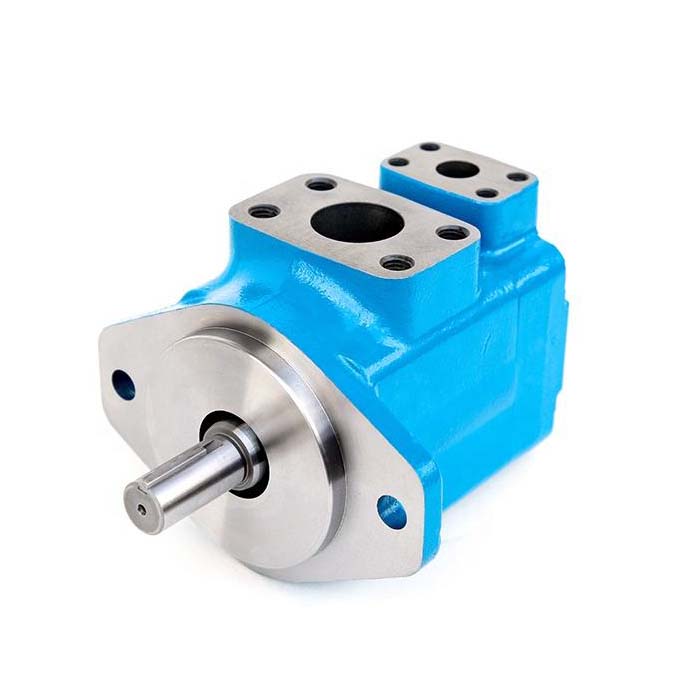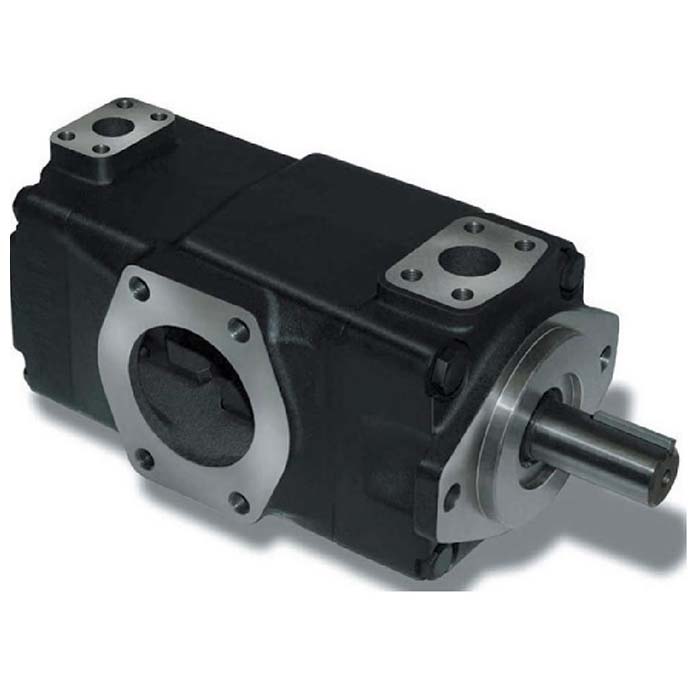Dry Running Pumps: Understanding the Dangers and Prevention Methods
Introduction:
Dry-running pumps pose a significant threat to their efficiency and lifespan by operating without adequate lubrication and cooling.
This article delves into the concept of dry-running pumps, the potential damages they can inflict, and practical methods to prevent such occurrences.
Understanding Dry Running:
Dry running transpires when a pump functions without the required liquid for lubrication.
Causes include insufficient fluid supply, suction line blockages, or incorrect installation.
This results in heightened friction and heat generation within the pump due to the absence of lubrication and cooling.
Damages Caused by Dry Running:
Dry running can inflict severe damage on the pump and its components, including:
a. Overheating: Inadequate cooling leads to overheating, and degrading seals, bearings, and internal components.
Excessive heat can also cause fluid vaporization, leading to cavitation.
b. Increased Wear and Tear: Elevated friction accelerates wear and tear on moving parts like impellers, shafts, and seals, causing premature failure.
c. Cavitation: Lack of fluid induces vapor bubble formation and their collapse results in shockwaves that damage the pump impeller and other
components.
d. Seal Failure: Dry running can dry out pump seals, leading to leaks and further damage.
Preventing Dry Run of Pumps:
Preventing dry running is essential for pump longevity and efficiency. Here are effective methods to avoid dry runs:
a. Fluid Level Monitoring: Regularly check and maintain fluid levels, using level sensors or alarms for early warnings of low levels.
b. safety Devices Installation: Incorporate pressure switches, Flow switches,
and level sensors to automatically shut down the pump during abnormal conditions like low fluid levels or excessive pressure.
c. Proper Installation: Ensure correct pump installation with a clear suction line, free from blockages or air leaks. Follow proper priming and venting
procedures.
d. Regular Maintenance: Implement a maintenance schedule to inspect and lubricate pump components, check for leaks, replace worn-out seals, and
monitor bearing conditions.
e. Training and Awareness: Train operators and maintenance personnel on dry running dangers and the importance of preventive measures. Foster a
culture of awareness and vigilance.
Conclusion:
Dry running poses severe consequences for pump performance and lifespan. Understanding its dangers and implementing preventive measures,
such as fluid level monitoring, safety device installation, and regular maintenance, significantly reduces the risk.
Proactive steps ensure smooth pump operation and extend equipment lifespan.
Saivs brand
- A11VO40/60/75/95/200/250/A11VG35/50/A11V130~190/A11VLO190/260
- Counterbalance Valves CBGG
- Tyre Changer
- Hydraulic cylinder for Seeder
- PVQ-1X series Rexroth Vane Pump
- AZPT series Rexroth Gear Pumps
- A10VE43/A10VEC60 Rexroth Hydraulic Pump Parts
- Counter Balance Heavy Electric Stacker
- ms11 / mse11 low speed large torgue motor made in china
- Rexroth Hydraulic pump A10VSO/32 45 71 88 100 140 180

